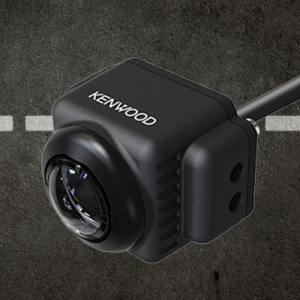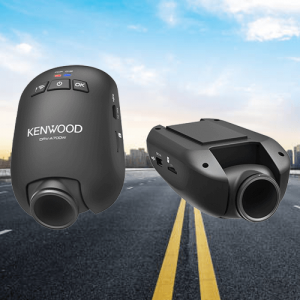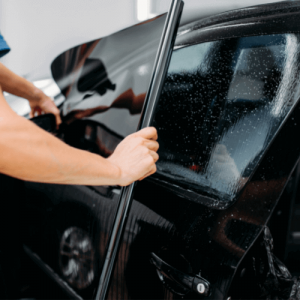No products in the cart.
Safe Backing Procedures to Keep in Mind
Reversing is a dangerous way to go and it’s often considered as one of the reasons for a number of accidents on the road. It’s also seen as a major reason for accidents in project sites and the workplace. Drivers and heavy equipment operators who are limited by the vehicles’ blind spots are often involved in accidents resulting in damages to the vehicles, other equipment, and even injuries. In short reversing is a serious concern on and off the road, and it’s something that every driver should take seriously. Good thing there are highly recommended backing up procedures that everyone can use to complete the reverse the safe way.
If you need to back up, consider the following suggestions:
Make sure that your vehicle is fitted with a reversing camera and a backup alarm. The reversing camera can address the blind spots around the vehicle, thus providing you with a more confident view of the rear. The backup alarm, on the other hand, can provide you with sound warnings or beeping sounds in case the vehicle is getting too close to another vehicle.
As you approach an area where you need to reverse, make sure to check it closely and look for hazards and other obstructions.
If you are unsure on how to proceed or you become disoriented when backing up or you don’t know what’s behind the car, stop the car.
When reversing, keep a safe distance from pedestrians, machinery, and other vehicles.
Use a spotter when reversing in project sites or work environments
When reversing in a project site or work area, you may use a spotter that can guide you when reversing. The services of the spotter are also helpful in congested work or shop areas. If you will use the help of the spotter, make sure that you only follow his lead and, and stop the car in case you lose sight of him. And if you are asked to be the spotter, make sure you are aware of the common hand signals used and safety precautions. It’s also best that you have a flashlight or a high visibility vest. Serving as a spotter during backing up also requires knowledge of basic hand signals and requires an understanding of the basic safety practices and precautions.






